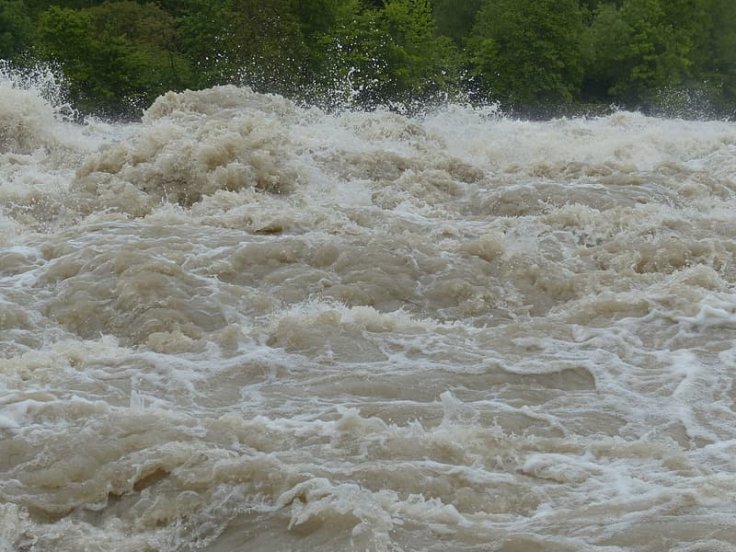Human activities such as groundwater removal and other natural causes are leading to sinking of the Earth's surface and the phenomenon will affect 635 million people, mostly in Asia, with a total exposed Gross Domestic Product (GDP) of $9.78 trillion in the next four years, warn researchers.
By 2024, 19 per cent of the world's population - accounting for 21 per cent of the global GDP -- will be impacted by subsidence, the sinking of the ground's surface, said the study published in the journal Science.
The results represent "a key first step toward formulating effective land-subsidence policies that are lacking in most countries worldwide," the authors noted.
Land Subsidence Due to Groundwater Depletion
Lead researcher Gerardo Herrera Garcia and his team performed a large-scale literature review that revealed that during the past century, land subsidence due to groundwater depletion occurred at 200 locations in 34 countries.

The team developed a model by combining spatial and statistical analyses that identified an area's subsidence susceptibility based on factors like flooding and groundwater depletion caused by human activities.
"Notably, the model also revealed that most of the 635 million inhabitants in subsistence-susceptible areas are located in Asia, with a total exposed GDP of $9.78 trillion," the findings showed.
Effective Policies
While the model does not consider existing mitigation measures, potentially resulting in overestimates of subsidence exposure, their results still represent a step forward to effective policies.

During the next decades, factors including global population and economic growth, exacerbated by droughts, will probably increase land subsidence occurrence and related damages or impacts.
"Policies that implement subsidence modeling in exposed areas, constant monitoring of high-risk areas, damage evaluation, and cost-effective countermeasures could help reduce the impacts of subsidence where it will hit hardest - namely, areas with increased population density, high groundwater demand, and irrigated areas suffering water stress," the authors elaborated.









